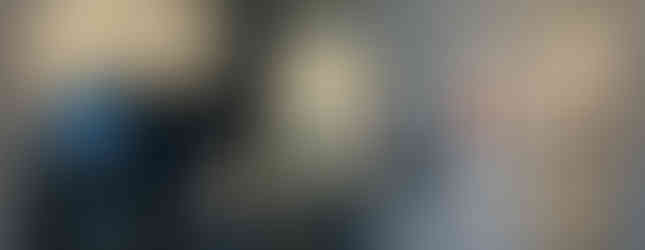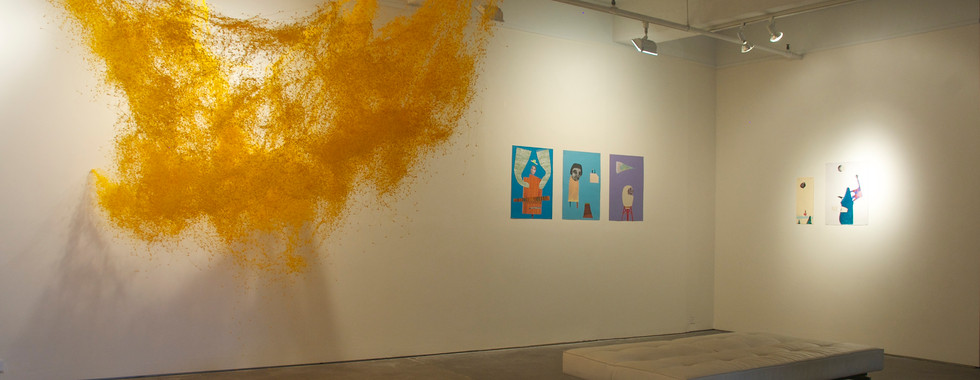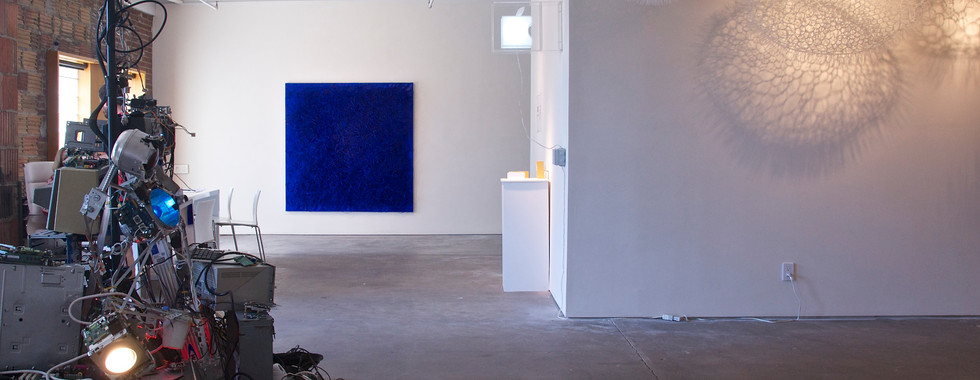NO PARKING
- micaelalattanzio
- Jun 6, 2015
- 4 min read
Galleria Ca’ d’Oro New York, in collaboration with WOP Gallery, presents
“NO PARKING” - Curated by Anna Di Falco and Giuseppe Ruffo
Group exhibition:
Sabrina Barrios, Jessica Judith Beckwith, Jaeyoung Choi, Maria Fragoudaki, Hey Joo Jun, Maiko Kikuchi, Micaela Lattanzio, Heather Merckle, Hao Ni, Sui Park, Salvatore Riccio, Taezoo.
On July 23, the exhibition No Parking opens in New York at Galleria Ca’ D’Oro, curated by Anna Di Falco and Giuseppe Ruffo, and will remain on view until August 12. The group show features works by Sabrina Barrios, Jessica Judith Beckwith, Jaeyoung Choi, Maria Fragoudaki, Hye Joo Jun, Maiko Kikuchi, Micaela Lattanzio, Heather Merckle, Hao Ni, Taezoo Park, Sui Park, and Salvatore Ricci.
The choice of New York as the exhibition’s location is not accidental. According to the city’s parking regulations, vehicles may stop, stand, and park within city limits, yet any vehicle parked illegally may be towed away. This is how New York’s traffic law works — but what about art? Does art have a rulebook to follow? Has the history of art — which has long drawn from philosophy and science — ever truly abided by a regulation?
Paradoxically, it seems that in New York City there exists a certain possibility for artists and creatives to stop, rest, and dream — at least for a time. The city of countless opportunities, possibilities, and hopes — yet, when one reaches the point of not being able to “make ends meet,” one is towed away.
This artistic collective draws inspiration from Descartes’ famous assertion “Cogito, ergo sum” — “I think, therefore I am.” The philosopher, father of modern mathematics and philosophy, maintained that the thinking subject affirms their own existence. Likewise, artists should not feel compelled to follow pre-established laws or regulations, but should continue to cultivate their own research and production — a testimony to their existence, a free existence not governed solely by imposed rules.
Interview with the Curator — La Voce di New York:
espandi per leggere l'intervista:
A global center for contemporary art, New York City offers endless opportunities for emerging artists — yet many struggle to enter the highly competitive international art market. If an artist is not represented by a gallery or museum, it becomes difficult to share their work with the public. No Parking, a new exhibition at Galleria Ca’ D’Oro, organized in collaboration with the recently founded Without Paper Gallery, presents works by twelve artists from around the world. Despite the diversity of their practices, the pieces on view blend harmoniously, standing in deliberate contrast to the limitations imposed by the market.
Without Paper Gallery was founded just three months ago by curators Anna Di Falco and Giuseppe Ruffo. The name Without Paper (“without documentation”) refers to the Italian immigrants who arrived in America during the last century without papers, in search of a better life. As a result of that migration, elements of Italian culture merged with American culture. Through this initiative, Ruffo and Di Falco — both from Naples — aim to encourage local and international artists to collaborate on projects that foster intercultural exchange in the field of contemporary art, free from the constraints imposed by the global art market.
“New York isn’t the whole world,” Ruffo told La Voce, “but it’s full of people from different backgrounds. Our goal is to find artists from diverse walks of life who represent these varied perspectives. We want to bring together different realities so we can create dialogue.”
The exhibition, open until August 12, features a variety of artworks from an eclectic group of artists, each working in different media.
Upon entering the exhibition space, visitors find themselves walking beneath an installation that evokes the impression of stormy white clouds floating ethereally above their heads. The three-dimensional forms, made of white cable ties and illuminated by overhead lighting, cast mystical shadows on the gallery’s white walls. Mostly Cloudy, the work of artist and interior architect Sui Park, consists of organic, three-dimensional forms ranging from abstract representations of objects, landscapes, and living organisms to expressions of ideas and social values.
After passing through the “clouds,” visitors encounter a heap of tangled cables, flickering traffic lights, intermittent computer screens, CD players ejecting discs, and broken electronics. This curious installation is part of a series titled Digital Being by Brooklyn-based digital artist Taezoo Park, who creates mounds of technological debris to reveal the “character” of digital technology — a being that not only exists but reacts to its environment.
Most of the artworks, projections, and installations in the show are immediately visible, but visitors shouldn’t leave before exploring the secret passage. A white-painted door blends seamlessly into the gallery walls, but once opened, viewers are suddenly immersed in Sabrina Barrios’ Yuga Cycle — a dark room illuminated by blue neon wires forming geometric patterns. The visitor is invited to enter the installation and create their own path within it. Through her immersive installations, the Brazilian artist combines quantum mechanics with embodied spatial exploration. “My works are metaphors for life,” Barrios explained.
These are just a few of the works on view; the gallery also features pieces by Jessica Judith Beckwith, Jaeyoung Choi, Maria Fragoudaki, Hey Joo Jun, Maiko Kikuchi, Micaela Lattanzio, Heather Merckle, Hao Ni, and Salvatore Ricci.
“The term cosmopolitan was coined by the Greeks,” Ruffo said. “They were the first to recognize and embrace diverse stylistic canons coexisting within a multicultural city. Humanity was seen as a citizen of the world — not constrained by institutions or society.”
Through No Parking and the founding of the Without Paper Gallery, Ruffo and Di Falco seek to encourage artists to continue practicing their art in an environment that frees them from the constraints of established institutions such as museums.






















